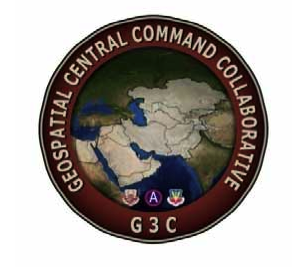Online Geospatial Network Aligns Army and Air Force Data
 |
The G3C effort, which began in 2009, exists as a website that is accessible to all military personnel, giving them the most up-to-date geospatial imaging information of areas under
Williams explains that it is not uncommon for branches in the U.S. Defense Department to build separate platforms of intelligence. But, when Army troops were sent into the deserts of
Craig Erlandson, group manager of the technical aspects for the program at Joint Base Langley-Eustis, explains that the project evolved from the need for a system to support geospatial information collected by personnel at
The collaboration’s first step was sharing U.S. Air Forces Central’s list of sites, which included 10 years of data collected on the 1,500 Air Force airfields in its Geobase Program. This project not only eliminates redundant data and creates a smoother flow of communications but it also saves $4 million in hardware, software, data and staffing costs annually.
Previously, it was difficult for troops on the ground to access unclassified geospatial information seamlessly. They would have to log in to and search multiple sites for maps and raw data. Erlandson relates that now a navigator on a C-17 coming into
The information is gathered from two channels, Erlandson explains. The first is on the ground through GIS survey teams. Between the Army and Air Force, 25 to 30 ground teams collect information. The second method is through remote feature extraction using satellite imaging; several hundred Army and Air Force teams use this method. This raw data is then compiled and updated daily—often several times a day—with 0.1 percent website downtime while staying online to display survey data and imagery acquisitions.




Comments